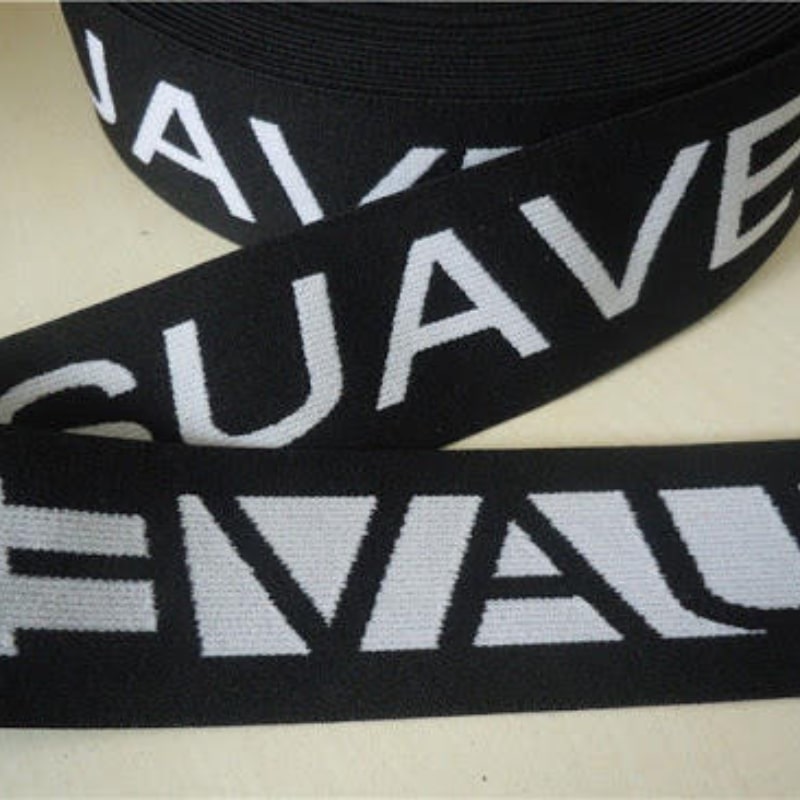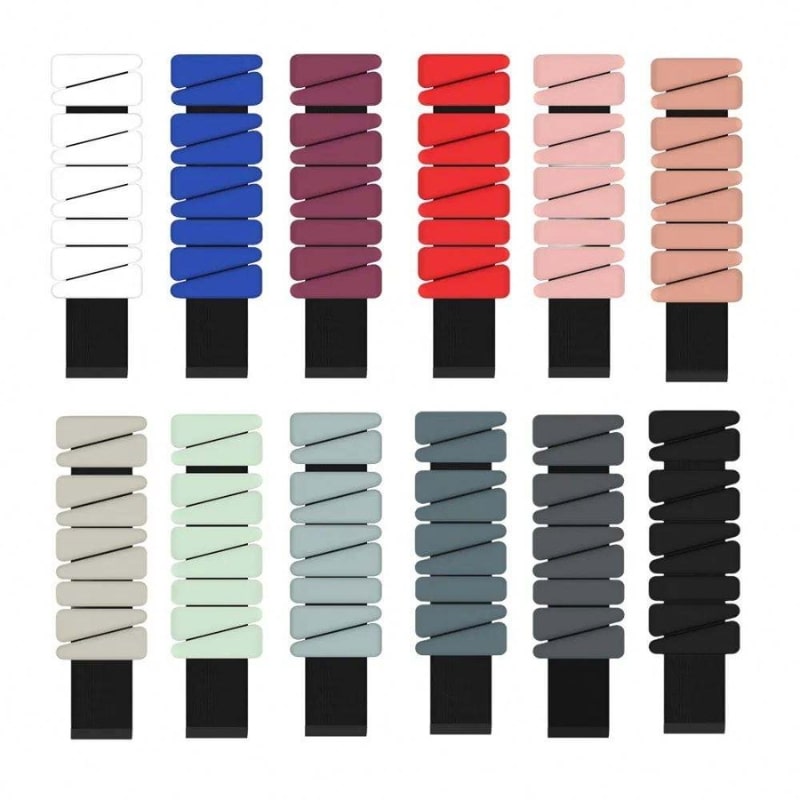Silicone Elastic Bands – Wholesale & Custom from China
We craft silicone elastic bands that stick where you need them and move with you. Perfect for underwear, sportswear, and casual pieces, they combine non-slip grip, soft stretch, and a sleek, modern look that elevates any garment.
From custom colors and widths to printed logos or unique patterns, our factory-direct service turns your brand ideas into functional, stylish elastics. Small runs or bulk orders, we deliver quality, durability, and design that stands out.
Choose our silicone elastic bands and give your apparel the perfect balance of comfort, performance, and contemporary style, backed by a trusted partner who knows global fashion needs.
Product Category Display
Main Categories of Silicone Elastic Bands

NylonSilicone Elastic Bands
Durable nylon-silicone elastic bands combining strong grip, smooth stretch, and long-lasting performance—perfect for sportswear, underwear, and active apparel, delivering comfort, style, and reliable hold.
Get Catalog →
Custom Silicone Elastic Bands
Custom silicone elastic bands with personalized colors, logos, and widths, offering soft stretch, non-slip grip, and lasting durability—perfect for sportswear, underwear, and fashion apparel that demands both style and function.
Get Catalog →
RubberSilicone Elastic Bands
Rubber-silicone elastic bands with superior stretch, strong grip, and lasting durability—ideal for sportswear, activewear, and underwear, combining comfort, performance, and a sleek, modern look.
Get Catalog →
Non-slip Silicone Elastic Bands
Non-slip silicone elastic bands with strong grip, flexible stretch, and durable construction—perfect for underwear, sportswear, and active apparel, ensuring comfort, secure fit, and stylish performance.
Get Catalog →Why Choose to Buy Our Silicone Elastic Bands
1. High-Quality Materials & Durability
We use premium fibers blended with spandex to produce elastic bands that are stretchable, durable, and long-lasting. Our folding elastic maintains its shape and elasticity even after repeated washing and sewing, making it ideal for apparel and garment production.
2. Customization for Your Brand
Transform your brand vision into reality with our customizable silicone elastic bands. Choose colors, widths, logos, or unique patterns to create functional, stylish elastics that reflect your brand’s personality and stand out in every garment.
3. Competitive Wholesale Pricing
Get premium silicone elastic bands with unbeatable wholesale prices. Soft, stretchy, and non-slip, they combine style and function. Flexible bulk orders and factory-direct deals make it easy for brands to save without compromising quality.
4. Reliable Factory & Professional Service
With years of expertise, our factory delivers silicone elastic bands with precision and consistency. From bespoke designs to bulk production and global shipping, we provide professional guidance, innovative solutions, and reliable service that brings your brand vision to life.
Application Scenarios
Discover how our silicone elastic bands are trusted by B2B buyers across diverse industries for their reliability and performance

Garments & Apparel
Essential for modern clothing manufacturing, our silicone elastic bands provides comfort, durability, and professional finishing for various garment types.
- Sportswear & Activewear
- Lingerie & Intimate Apparel
- Casualwear & Fashion
- Children's Clothing
- Swimwear & Beachwear

Accessories & Fashion Items
Perfect for creating comfortable and stylish accessories that require flexibility and aesthetic appeal for daily use and fashion applications.
- Hair Accessories & Headbands
- Watch Straps & Bands
- Bag Handles & Straps
- Pet Collars & Leashes
- Craft & DIY Projects

Industrial & Medical Use
Specialized applications requiring high-quality, hypoallergenic, and durable elastic solutions for professional and medical environments.
- Medical Garments & Supports
- Protective Equipment
- Industrial Workwear
- Safety Gear & Straps
- Technical Textiles
Services We Provide
1. Design Services
From concept to finished product, we provide comprehensive design support, helping customers transform their creative ideas into production-ready folding elastic bands. Whether it's color matching, width selection, or print pattern, we can customize them to meet your brand needs.
- Customization to suit your brand style
- Optimize production feasibility
- Support a variety of print and weave designs
2. Manufacturing Services
As a factory, we have advanced equipment and professional teams to ensure each roll of silicone elastic bands meets high-quality standards. We support both bulk production and small batch customization to flexibly meet different order requirements.
- Efficient production ensuring on-time delivery
- Strict quality control
- Suitable for wholesale and custom orders
3. Shipping & Logistics
We provide global shipping solutions to ensure products reach your warehouse or factory safely and quickly. Whether by air, sea, or express courier, we can offer the most suitable logistics plan.
- Safe packaging to prevent damage and moisture
- Flexible logistics options
- Fast delivery to reduce inventory pressure
4. Sales & Customer Support
From quotations to after-sales, we provide professional customer service, tracking order status and solving technical or procurement issues to ensure a smooth cooperation.
- Professional support for quotations and technical questions
- Order progress tracking and timely communication
- After-sales issue resolution to guarantee purchasing experience
Factory Strength
With many years of professional experience and advanced production equipment, we provide high-quality elastic belt products to customers around the world
Production Workshop






Quality Control Process
Raw material inspection
Rigid raw material quality and specifications are strictly checked.
Production monitoring
Full-process quality control is performed.
Finished product testing
Multiple physical property tests are performed.
Packaging inspection
Ensure packaging is intact and undamaged.
FAQ
Conclusion
Silicone elastic bands combine strong grip, smooth stretch, and lasting durability, making them perfect for underwear, activewear, sportswear, and fashion accessories. Whether you need bulk production or fully customized designs with unique colors, logos, or patterns, our factory provides premium-quality elastics, creative solutions, and one-stop service that helps your brand stand out in a competitive global market.











